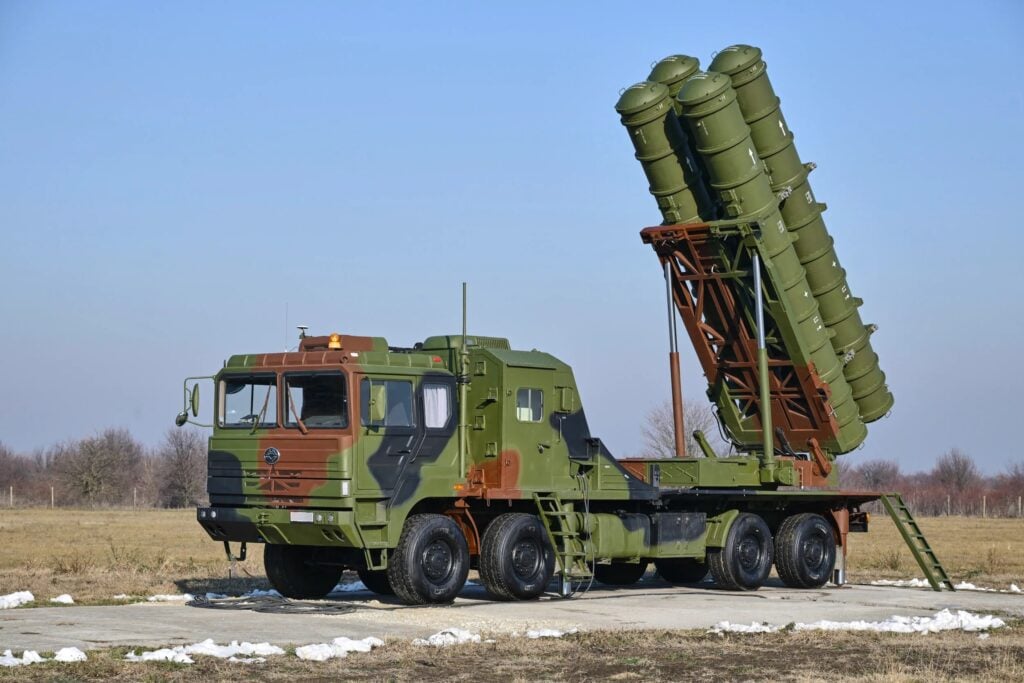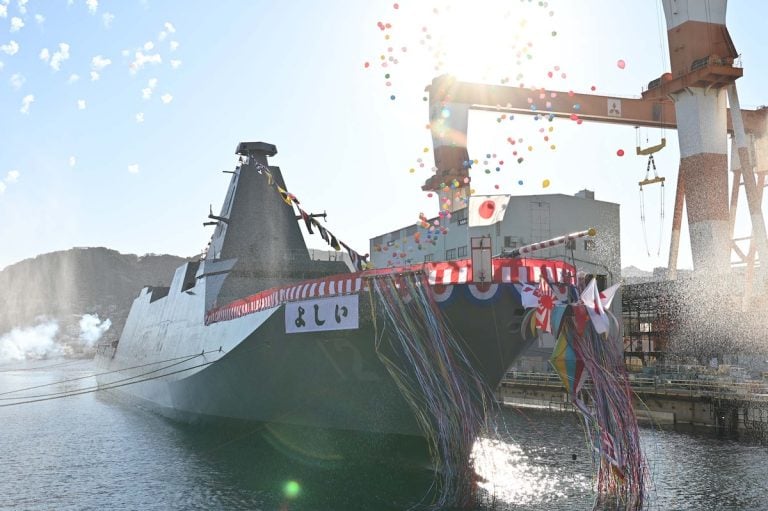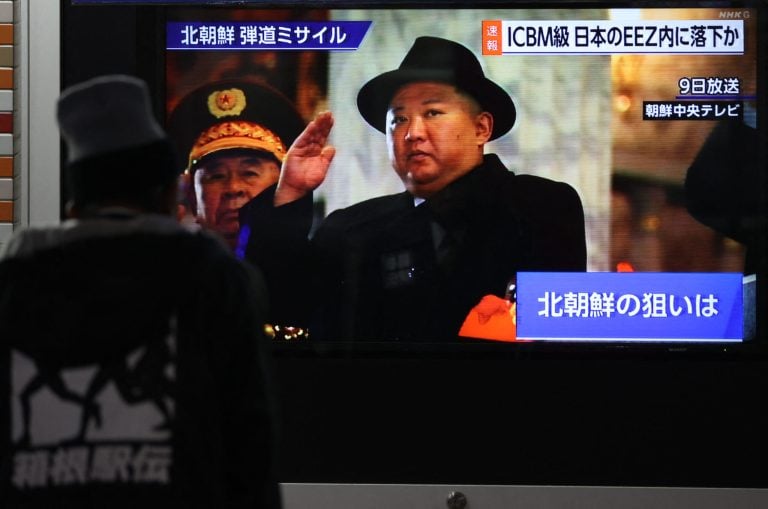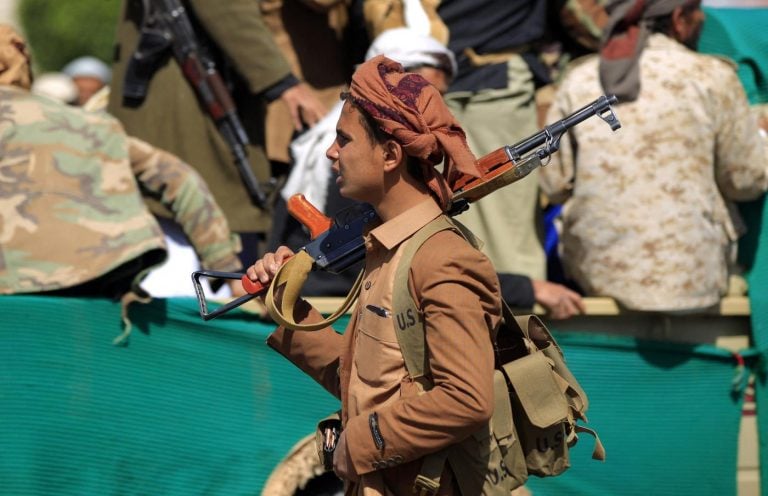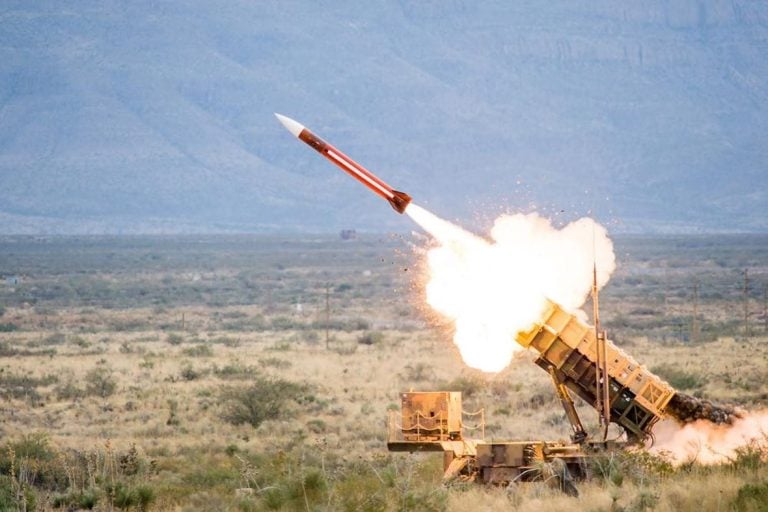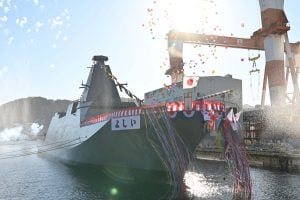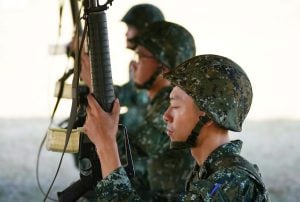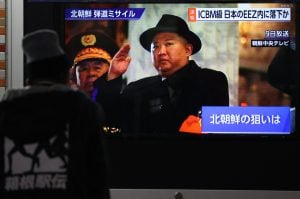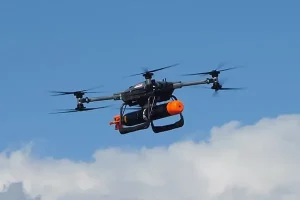A significant development has emerged from the U.S. defense sector, with Torch Technologies, an Alabama-based contractor, embarking on the production of full-scale replicas of China’s HQ-22 surface-to-air missile system. Designed for training purposes of the U.S. Air Force (USAF), these replicas will not possess any firing capabilities. Instead, they will accurately simulate the missile system’s appearance, radar signature, heat signals, and battlefield behavior, thereby enhancing the training experience for aircrew and electronic warfare teams.
The aim of these replicas is to bolster the realism of training exercises, allowing service members to familiarize themselves with enemy military hardware without the inherent risks associated with handling actual weaponry. However, specific details regarding the number of replicas being produced, their timeline for readiness, deployment locations, and associated costs have not been disclosed.
This initiative is not the first instance of the USAF enhancing its training arsenal with replicas of Chinese weapon systems. In late July, the USAF showcased a towable surrogate target replicating the Chinese HQ-16 missile system at the Experimental Aircraft Association’s AirVenture event held in Oshkosh, Wisconsin. The HQ-16, a medium-range surface-to-air missile system, is an integral component of China’s layered air defense strategy. Its replica serves to train fifth-generation fighter pilots in recognizing threats and implementing countermeasures.
The HQ-22 itself is often compared to well-established systems such as the U.S. Patriot and the Russian S-300, distinguished by its long-range capabilities. With an operational range of up to 170 kilometers (105 miles), the HQ-22 can engage multiple aerial threats simultaneously, including fourth-generation aircraft, as well as ballistic and cruise missiles, and drones. Its export variant, known as the FK-3, has already seen implementation in various countries, with Serbia being the first European nation to incorporate it into active service.
As these training enhancements proceed, they reflect a growing emphasis on preparing U.S. military personnel to contend with increasingly sophisticated global threats.
